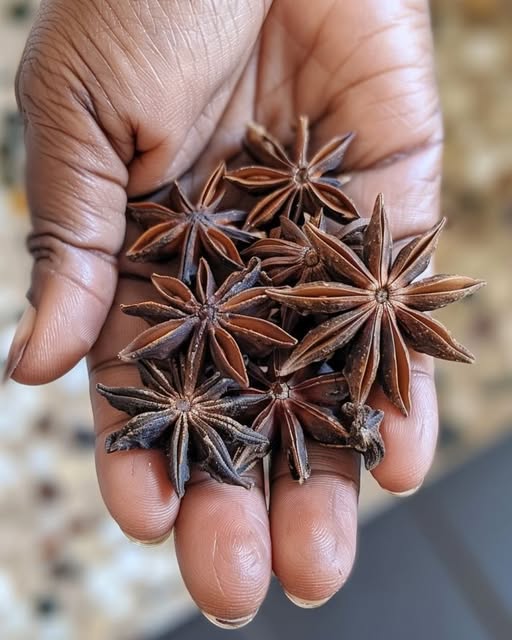ADVERTISEMENT
Easily Grow Anise at Home in Containers with This Step-by-Step Guide
Are you looking to add a unique, flavorful herb to your garden or kitchen space? Anise is an aromatic plant known for its sweet, licorice-like flavor, and it can be a delightful addition to your culinary repertoire. The best part? You don’t need a large garden to grow it! Anise can thrive in containers, making it perfect for small spaces, patios, or balconies. Whether you’re a seasoned gardener or a beginner, this step-by-step guide will help you grow anise successfully at home.
What is Anise?
Anise (Pimpinella anisum) is a hardy herb that has been used for centuries in both cooking and medicine. Its seeds have a distinctive flavor reminiscent of licorice, making it a key ingredient in many recipes, such as baked goods, candies, and liquors like ouzo and absinthe. Anise also has medicinal properties and has been used in traditional remedies for digestion and respiratory health.
Growing anise at home allows you to enjoy the fresh flavor of this herb all year round, without needing to buy dried seeds from the store. Plus, it’s relatively easy to grow in containers, which makes it an ideal option for those with limited gardening space.
Step-by-Step Guide to Growing Anise in Containers
Follow these simple steps to successfully grow anise in containers right at home.
1. Choose the Right Container
Start by selecting the right container for your anise plant. Since anise has a deep root system, a pot that is at least 12-16 inches deep and wide is ideal. Ensure the container has drainage holes to prevent water from pooling at the bottom, which can lead to root rot.
Tip: Opt for a container made of clay, plastic, or wood. Clay pots allow the soil to breathe, while plastic retains moisture better—choose what suits your climate and preferences.
2. Select the Right Soil
Anise thrives in well-drained, slightly acidic to neutral soil with a pH between 6.0 and 7.0. You can either purchase a general-purpose potting mix or create your own blend by combining equal parts of potting soil, compost, and perlite or sand for improved drainage.
Tip: Avoid heavy garden soil, as it may retain too much moisture and lead to poor drainage, which can harm your plant.
3. Choose the Right Location
Anise is a sun-loving plant, so it’s important to place your container in a sunny spot. It requires at least 6 hours of direct sunlight per day to thrive and produce the most flavorful leaves and seeds. A sunny balcony, patio, or windowsill that gets ample sunlight is perfect for your container garden.
Tip: If you’re growing anise indoors, place the pot near a south-facing window where it can get the most light.
4. Planting Anise Seeds
You can start anise by seeds, which is the most common method. Here’s how to plant them:
- Step 1: Fill your container with your prepared soil mix, leaving about an inch of space at the top.
- Step 2: Sprinkle the anise seeds evenly over the surface of the soil. Cover the seeds with a thin layer of soil, no more than 1/4 inch deep.
- Step 3: Gently water the seeds to settle them in place.
- Step 4: Keep the soil moist but not waterlogged during the germination process. Anise seeds typically take about 7-14 days to sprout.
Tip: If you’re growing anise in a cooler climate, start the seeds indoors about 4-6 weeks before the last expected frost date, then transplant them outdoors once the danger of frost has passed.
5. Watering and Care
Anise likes consistently moist soil, but it doesn’t like to be soggy. Water your plant regularly, ensuring that the top inch of soil stays moist. During the summer months or in particularly dry climates, you may need to water more frequently.
Tip: To prevent overwatering, make sure your container has good drainage, and allow the soil to dry slightly between waterings.
6. Fertilizing
Anise isn’t a heavy feeder, but it will benefit from occasional fertilization. You can apply a balanced, water-soluble fertilizer once a month during the growing season (spring and summer). Be careful not to over-fertilize, as this can encourage excess leaf growth at the expense of the seeds.
Tip: If you’re using organic fertilizers, compost or aged man
